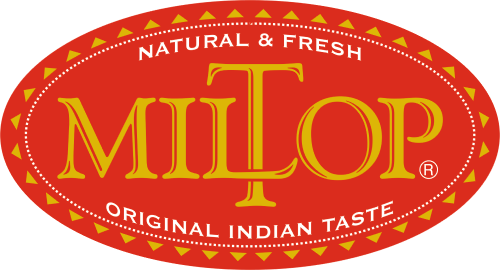Description
[vc_row full_width=”stretch_row”][vc_column][vc_tta_tabs][vc_tta_section title=”Description” tab_id=”1643872497540-2c791d2e-f97e1485-c334″][vc_column_text]
Senna is an Arabian name and the herb was first brought into use by the Arabian physicians Serapion and Mesue. Traditionally Senna was used in love sachets. Plants growing at different localities of India have also been found to contain different amount of sennoside B in leaves and pods, and also differ in chromosome morphology. The leaves and pods of this plant contain the commercially important laxative sennoside.The primary chemical constituents of Senna include anthraquinone glycosides (sennosides, aloe-emodin, rhein), beta-sitosterol, flavones, tartaric acid, mucin, essential oil, mucilage, tannin and resin.
[/vc_column_text][/vc_tta_section][vc_tta_section title=”Medicinal Use” tab_id=”1643872497558-c99f8950-1ea21485-c334″][vc_column_text]
Medicinally useful part of the plant is the leaves and the pods. Leaves are fairly powerful and can cause cramping and severe diarrhoea, if given in strong dose, whereas, the pods provide a gentle action & are often recommended to relieve constipation and promote soft easy stools. Leaves sometimes made into paste and used for various skin diseases like acne, ringworm etc. Senna is a powerful cathartic used primarily in the treatment of constipation, working through a stimulation of intestinal peristalsis. The sennosides are irritating to the large intestine lining, causing peristaltic action and bowel evacuation. It also helps to temporarily prevent fluid from being absorbed from the large intestine, thus contributing to softer stools. As it has nauseating taste and also cause sickness and griping pains. Hence, Senna is often combined with aromatic, carminative herbs such as cardamom, ginger root and fennel to increase its palatability.
[/vc_column_text][/vc_tta_section][/vc_tta_tabs][/vc_column][/vc_row]



